12 Everyday Toxins Hiding in Your Home Secretly Sabotaging Your Hormones
Your home should be your haven—a place of rest, renewal, and refuge. But what if the greatest threats to your health aren’t outside your door, but hiding in plain sight? From scented candles to nonstick pans, a host of everyday items may be quietly disrupting your hormones without you even realizing it. These invisible intruders—known as endocrine disruptors—can interfere with everything from sleep and metabolism to mood and fertility. The most unsettling part? They’re often marketed as harmless or even helpful. In this guide, we reveal 12 specific toxins that may be sabotaging your hormonal balance, right from your kitchen, bathroom, or laundry shelf. But knowledge is power—and small changes make a big difference. By learning to spot and swap these offenders, you can reclaim control and create a truly safe, supportive environment. Because your home shouldn't just look clean—it should be clean, down to the cellular level.
1. Phthalates: The Fragrance Frauds
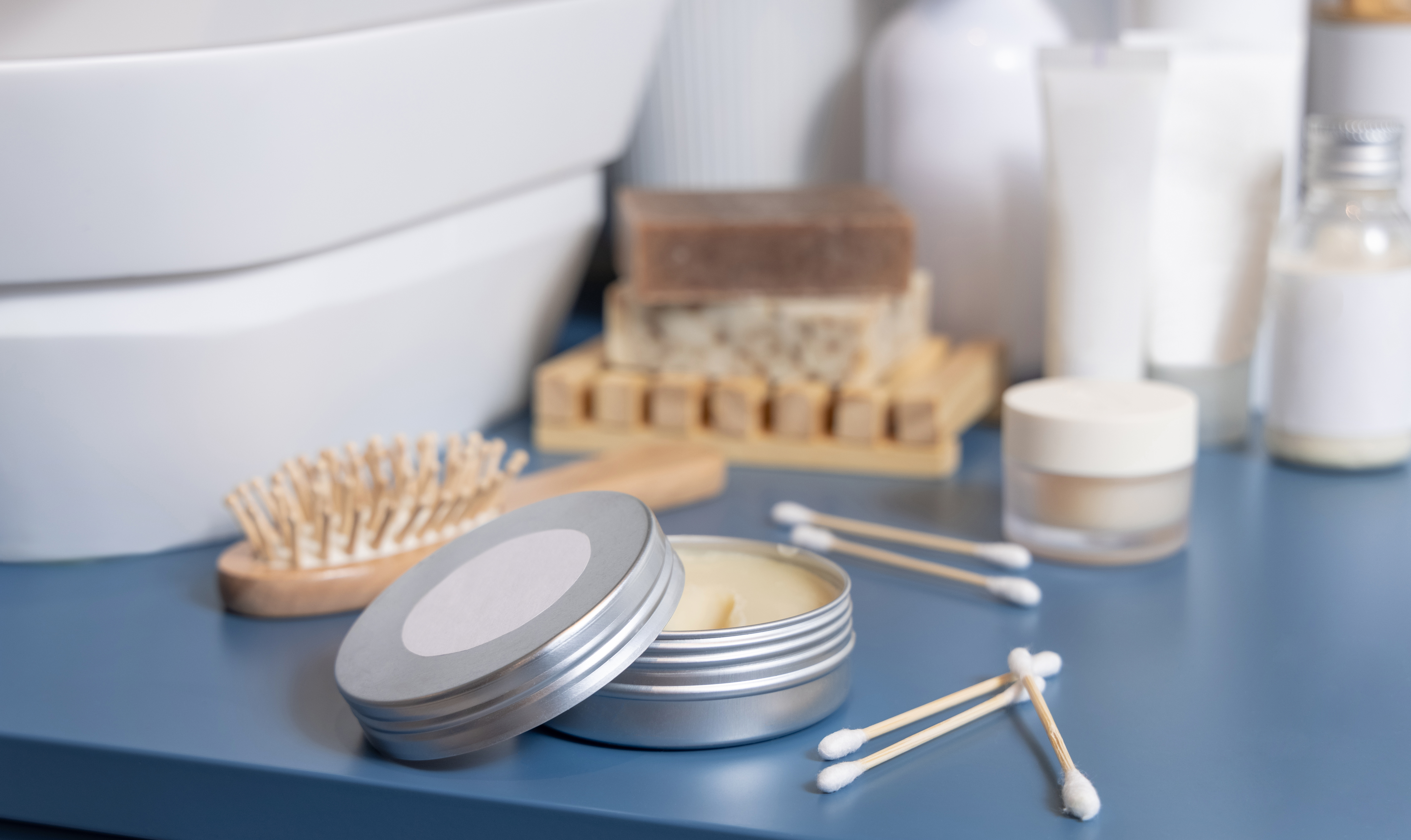
Phthalates are a group of chemicals commonly used to make plastics more flexible and are often found in products like cosmetics, personal care items, and even household cleaners. These compounds are notorious for their ability to mimic hormones, particularly estrogen, and can lead to disruptions in reproductive health and development. Despite their widespread use, the dangers of phthalates are often masked by appealing fragrances and attractive packaging. By understanding the sources of phthalates and opting for phthalate-free products, you can significantly reduce your exposure to these deceptive fragrance frauds.
2. Bisphenol A (BPA): The Plastic Predator
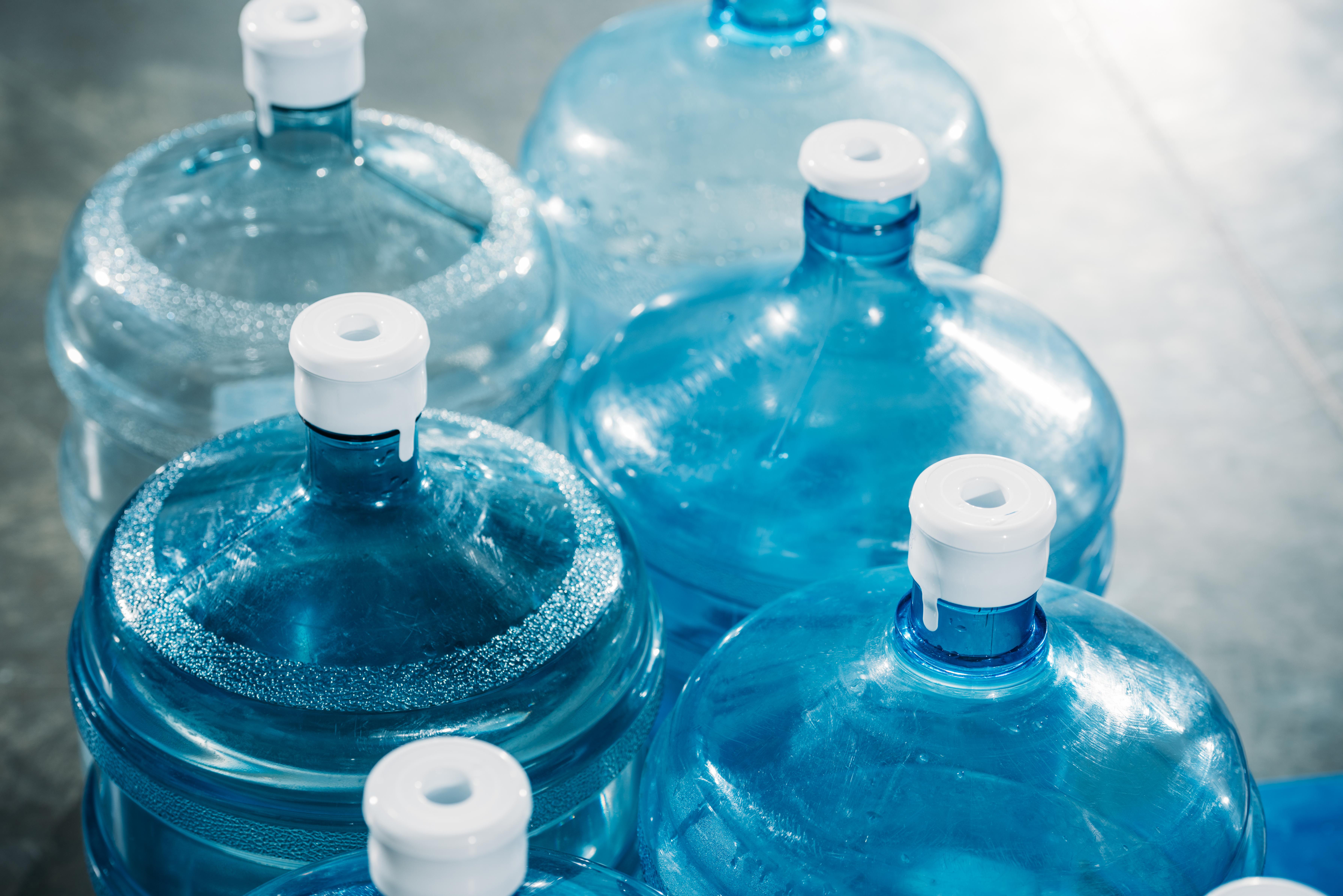
Bisphenol A, or BPA, is a chemical used in the production of polycarbonate plastics and epoxy resins, commonly found in water bottles, food containers, and even the linings of canned goods. This pervasive toxin is an endocrine disruptor that can mimic estrogen, leading to potential reproductive issues and increased risk of certain cancers. The insidious nature of BPA lies in its ability to leach into food and beverages, especially when containers are heated. By choosing BPA-free products and reducing the use of plastic containers, you can protect your hormonal balance from this plastic predator.
3. Parabens: The Preservative Perils
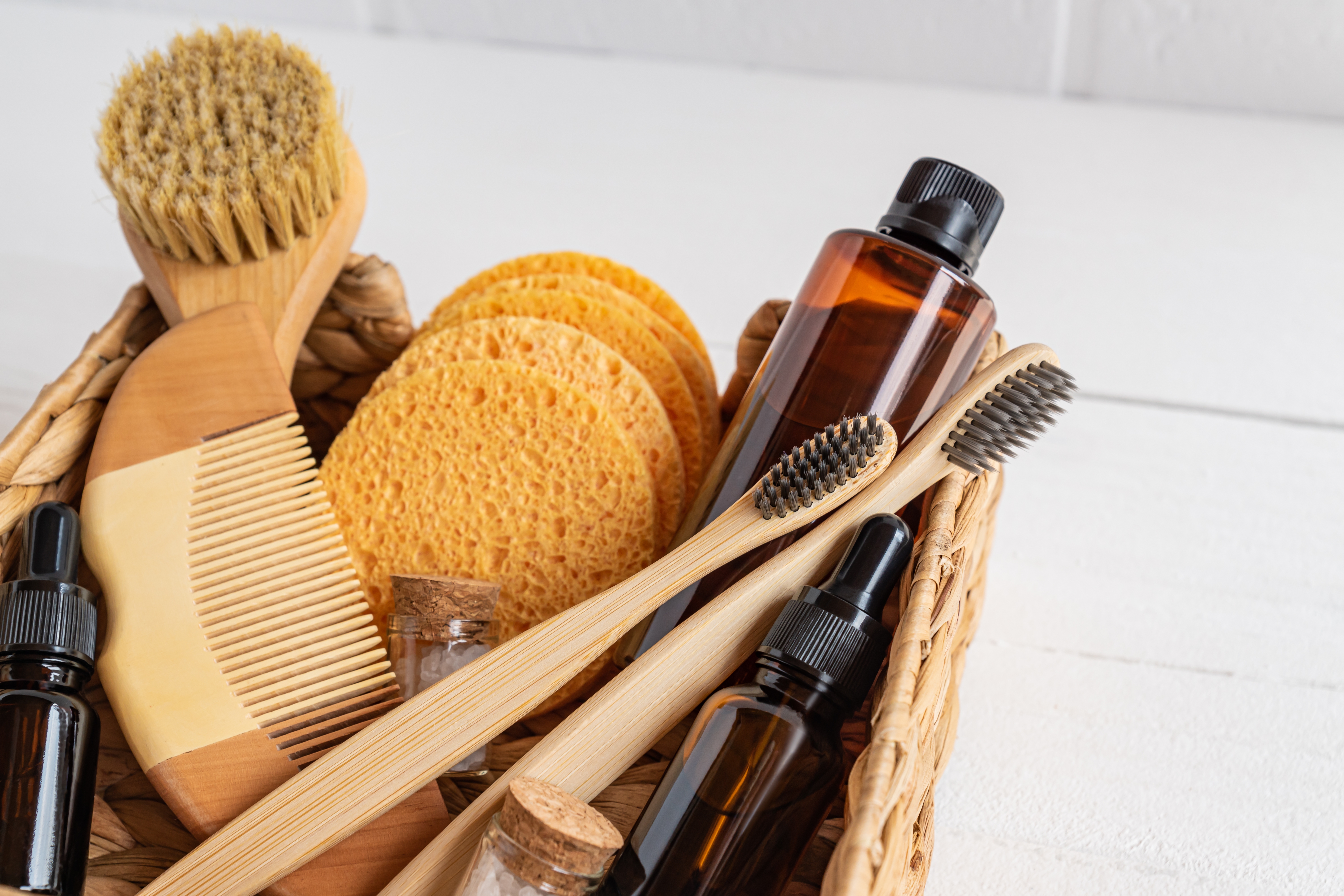
Parabens are widely used as preservatives in cosmetics, personal care products, and even some food items to prevent the growth of harmful bacteria and mold. However, these chemicals can penetrate the skin and act as endocrine disruptors, mimicking estrogen and potentially contributing to hormonal imbalances and breast cancer risk. While their presence ensures product longevity, the health trade-off is significant. By opting for paraben-free alternatives and scrutinizing ingredient labels, you can minimize your exposure to these preservative perils and safeguard your hormonal health.
4. Perfluorinated Chemicals (PFCs): The Non-Stick Nemesis

Perfluorinated chemicals, or PFCs, are used to create non-stick, stain-resistant, and waterproof surfaces in products like cookware, clothing, and carpets. While they provide convenience, PFCs are persistent in the environment and can accumulate in the human body over time. These chemicals have been linked to thyroid disruption, developmental issues, and immune system impairment. The non-stick allure of PFCs often overshadows their toxic potential. By choosing alternatives such as cast iron or stainless steel cookware and avoiding stain-resistant treatments, you can reduce your exposure to these non-stick nemeses.
5. Formaldehyde: The Furniture Foe
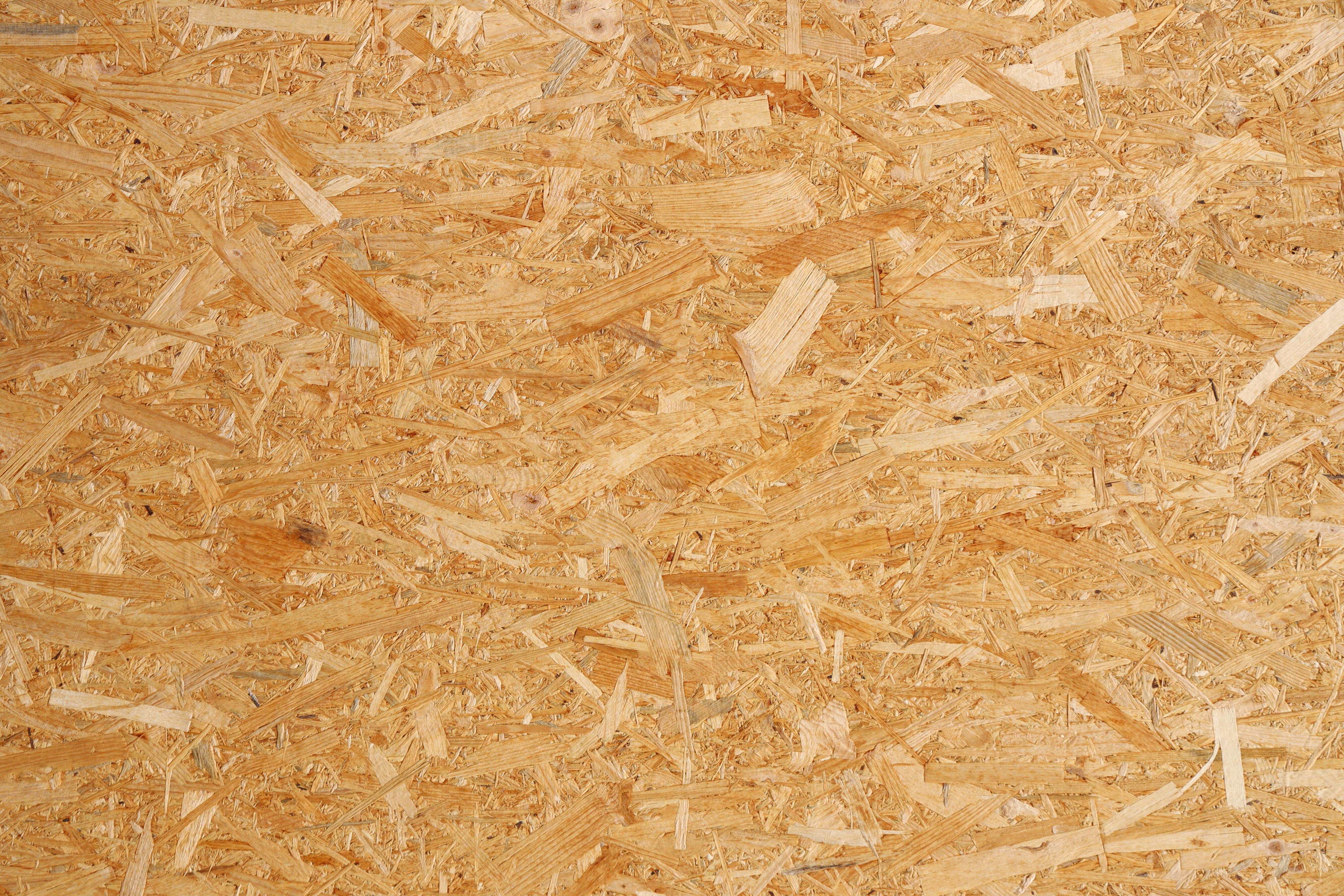
Formaldehyde is a volatile organic compound (VOC) used in the manufacturing of building materials and household products, including pressed-wood furniture, some fabrics, and adhesives. Known for its preservative and antibacterial properties, formaldehyde can off-gas into indoor air, leading to potential respiratory issues and endocrine disruption. The insidious presence of formaldehyde in our homes is often undetected until symptoms arise. By opting for formaldehyde-free furniture and ensuring proper ventilation, you can mitigate the risks posed by this ubiquitous furniture foe.
6. Triclosan: The Antibacterial Assassin

Triclosan is an antimicrobial agent found in a variety of consumer products, including soaps, toothpaste, and cleaning supplies. While it is marketed for its bacteria-fighting prowess, triclosan is a known endocrine disruptor that can interfere with thyroid function and contribute to antibiotic resistance. The pervasive use of triclosan in everyday items often masks its potential harm. By choosing triclosan-free products and embracing simple hygiene practices, you can protect your hormonal health from this antibacterial assassin.
7. Polybrominated Diphenyl Ethers (PBDEs): The Flame Retardant Fiends

Polybrominated diphenyl ethers, or PBDEs, are chemicals used as flame retardants in a variety of household items, including furniture, electronics, and textiles. While they aim to enhance fire safety, PBDEs can leach into the environment and accumulate in human tissue, disrupting thyroid hormones and affecting brain development. The fire-resistant benefits of PBDEs often overshadow their toxic potential. By choosing products labeled as PBDE-free and practicing regular dusting and vacuuming, you can minimize exposure to these flame retardant fiends.
8. Organophosphate Pesticides: The Produce Predators

Organophosphate pesticides are widely used in agriculture to protect crops from pests. However, their residues can linger on produce, posing risks to human health. These chemicals are known to interfere with the nervous system and can disrupt hormonal balance, particularly in children. The convenience of pesticide use in agriculture often belies the potential health hazards. By opting for organic produce and thoroughly washing fruits and vegetables, you can reduce your exposure to these produce predators and support a healthier hormonal environment.
9. Heavy Metals: The Undetected Underminers
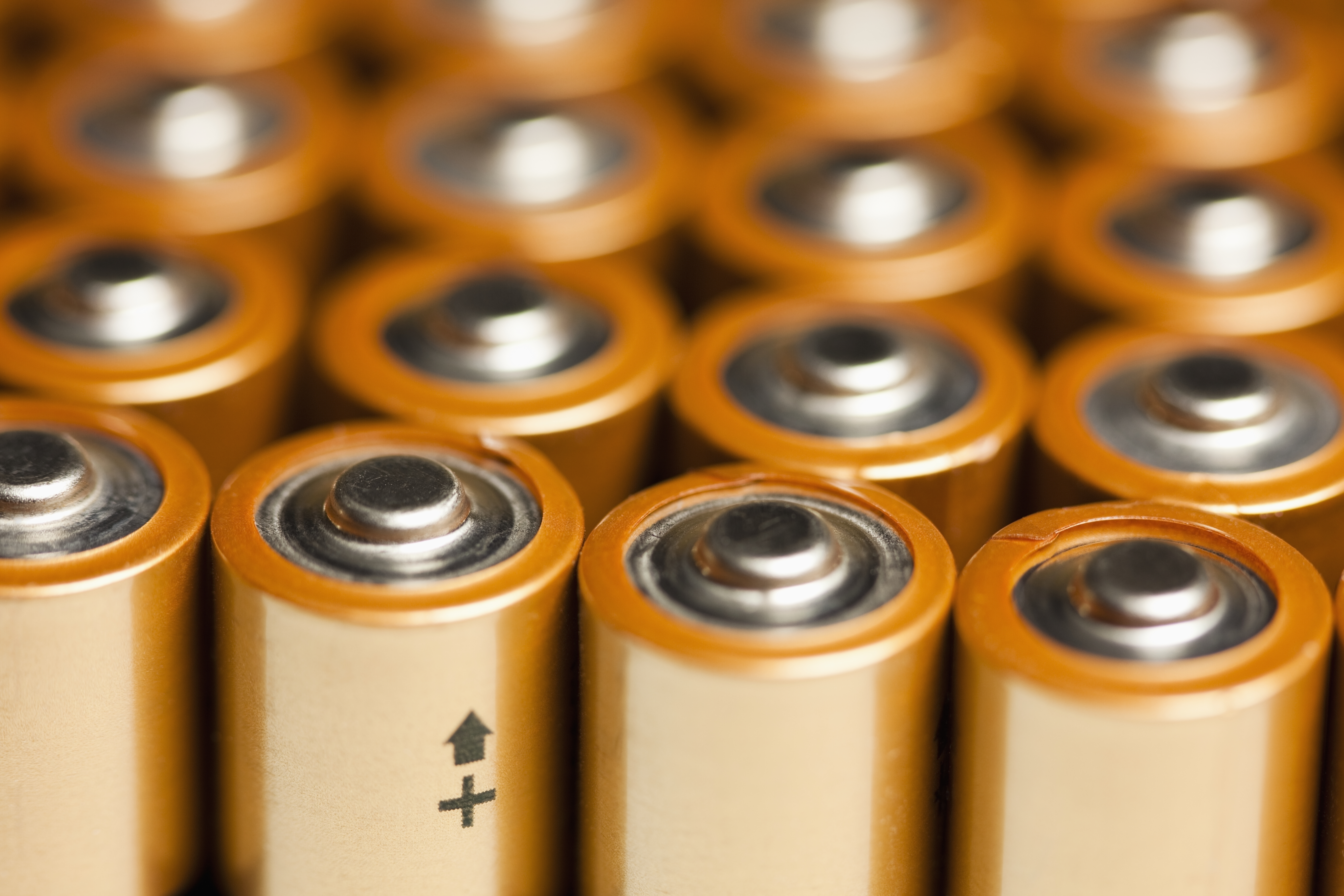
Heavy metals such as lead, mercury, and cadmium can be found in various household items, including paint, batteries, and plumbing materials. These metals are notorious for their ability to disrupt endocrine function and contribute to neurological and developmental issues. The insidious nature of heavy metals often goes unnoticed until health problems arise. By ensuring your home is free from lead-based paints, using water filters, and properly disposing of batteries, you can protect your family from these undetected underminers.
10. Volatile Organic Compounds (VOCs): The Airborne Adversaries

Volatile organic compounds are emitted as gases from certain solids or liquids, including paints, cleaning supplies, and air fresheners. These compounds can contribute to indoor air pollution and have been linked to respiratory issues and hormonal disruptions. The appeal of a freshly painted room or a fragrant home often masks the health risks posed by VOCs. By choosing low-VOC or VOC-free products and ensuring proper ventilation, you can minimize exposure to these airborne adversaries and create a healthier home environment.
11. Artificial Fragrances: The Scented Saboteurs

Artificial fragrances are ubiquitous in personal care products, cleaning supplies, and air fresheners, often containing a cocktail of undisclosed chemicals. These fragrances can act as endocrine disruptors, interfering with hormone function and triggering allergic reactions. The allure of a pleasant scent often disguises the potential harm of these synthetic compounds. By opting for fragrance-free or naturally scented products, you can reduce your exposure to these scented saboteurs and promote a more harmonious hormonal balance.
12. Chlorine and Chloramines: The Water Woes
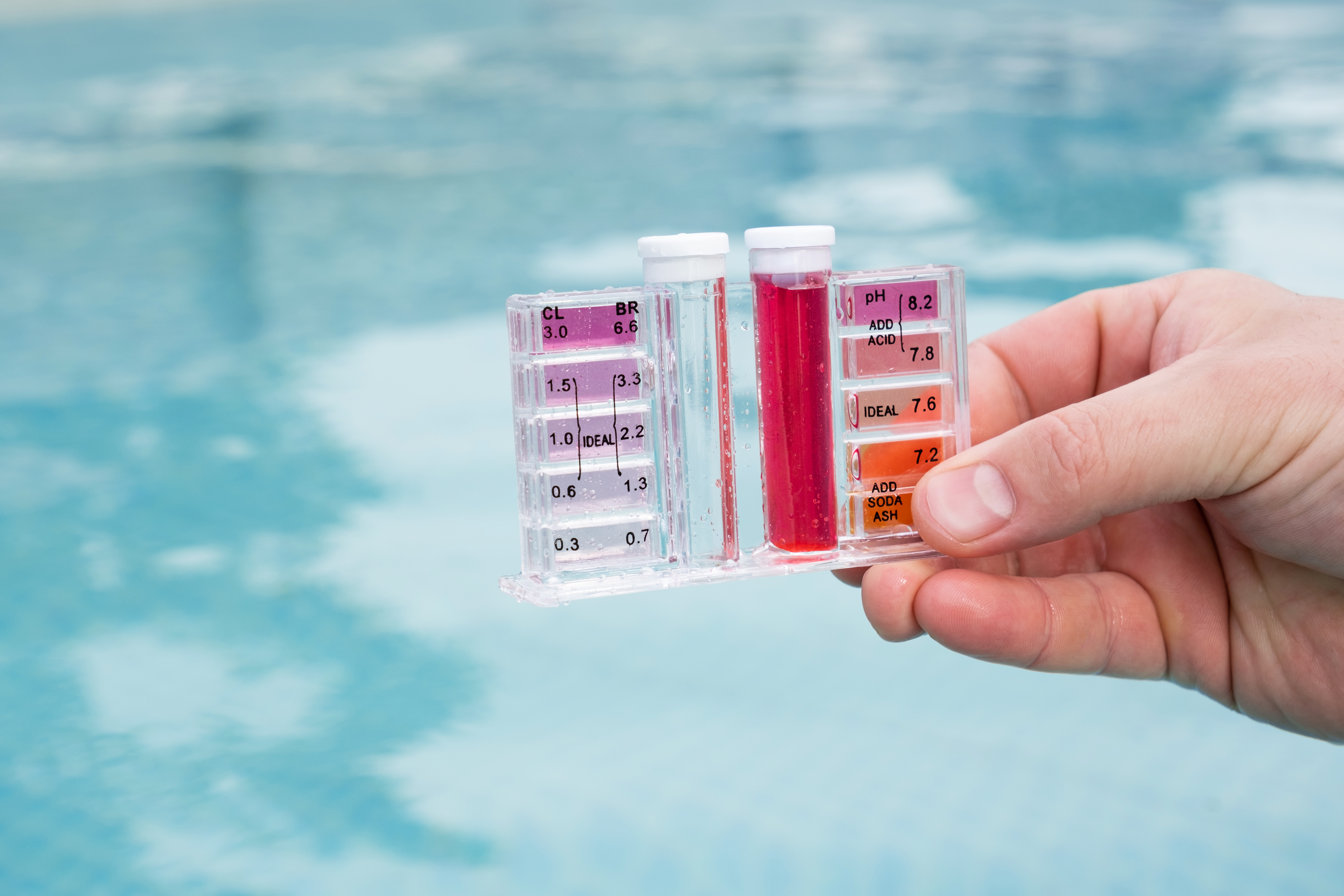
Chlorine and chloramines are commonly used to disinfect municipal water supplies, ensuring safe drinking water. However, these chemicals can react with organic matter to form harmful byproducts that disrupt endocrine function. The necessity of water disinfection often overshadows the potential health risks. By using water filters that remove chlorine and its byproducts, you can protect your family's hormonal health from these water woes while still enjoying clean, safe drinking water.
Reclaiming Your Hormonal Harmony

Now that the mask has been lifted on these 12 everyday hormone disruptors, the power is in your hands. Detoxing your home doesn’t require perfection—it starts with awareness and one mindful swap at a time. Whether it’s choosing a fragrance-free cleaner, ditching plastic containers, or cracking a window to freshen the air, each decision helps restore balance to your body’s most delicate systems. Hormonal health isn’t just a wellness buzzword—it’s the foundation of how you sleep, think, feel, and function. By clearing out the quiet chaos in your environment, you’re not just reducing exposure—you’re reclaiming control. Your home should fuel vitality, not fatigue. It should nurture, not sabotage. So take this knowledge and use it. Let your home reflect the harmony you’re building within. Because real wellness starts in the space you live in—and now, you know exactly how to make that space truly safe.
